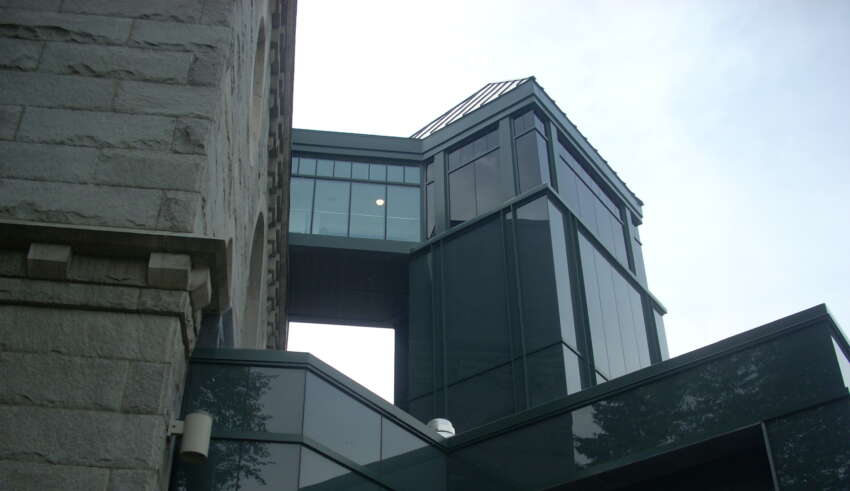
The futurist, Fred Polak (1973), writes about the need for any society to have a clear sense of its own future if it is to thrive. Those engaged in this fourth role of generativity are actively involved in creating and articulating this image of the future, as well as engaging in tangible acts that illustrate and help to animate this image. While Generativity Four operates center stage during many of the earlier years in our lives (as exhibited by many younger, emerging leaders in communities), it usually takes the form of quiet leadership that is engaged outside the spotlight during the senior years (60s-90s).
In generativity four, we expand our caring in space and expand our attention and action to caring about the welfare of people living in our local community, or more broadly, our society, or even our world. The role that generativity four plays in community leadership often builds and relies on the three other generativity roles. It is a richly textured form of generativity that is sorely needed in our contemporary world. It requires all the skills, experiences, and motivational incentives to be found in the other three generative roles. Most importantly, this fourth generativity role is founded on a commitment to enhancing Collective Worth. While we may take pride in our civic engagements, the quiet leadership we provide is all about the Collective rather than the Personal. This is one of the benefits bestowed on later adulthood: we can look beyond our own welfare and worth.
What does all of this mean about the relationship between generativity and deep caring? What does it say about the creation of conditions that lead to generativity, deep caring, and Worth? Simply stated, generativity is about expanding and extending our region of care. It is about building the bridge between Personal and Collective Worth. We expand this region and build the bridge by moving from a concern about our own family and special projects to a concern about people outside our family. To our organization, our community, and even our world. We expand our region of care through this expansion of space. We move from self to organization to community. We bridge the gap between Personal and Collective Worth. We also extend our region of care by expanding our temporal concerns. We look back and forward in time to preserve and propagate our core values and visions. Collective Worth is now seen as something that is “worthy”. It has deep roots and is to be sustained in the future.
Playing Many Roles on the Life Stage
In essence, we are all actors living on the stage of life. This is a common metaphor used by many writers, including William Shakespeare. Yet it continues to be a useful metaphor, given what many of us experience daily as mature adults. We live on a stage populated by many actors, all of whom represent aspects of ourselves, playing many different roles assigned to us by society, genes, and our proclivities.
This state of affairs was noted with particular insight by Erik Erikson as he moved to psychology from a career in theater. According to Erikson (1963), we are primarily playing out one of eight roles (dramas, scripts) at a particular point in life. However, the other seven role-players are also on stage. They influence and often are in dialogue with the featured player. On occasion, they even share a spotlight with the featured player.








